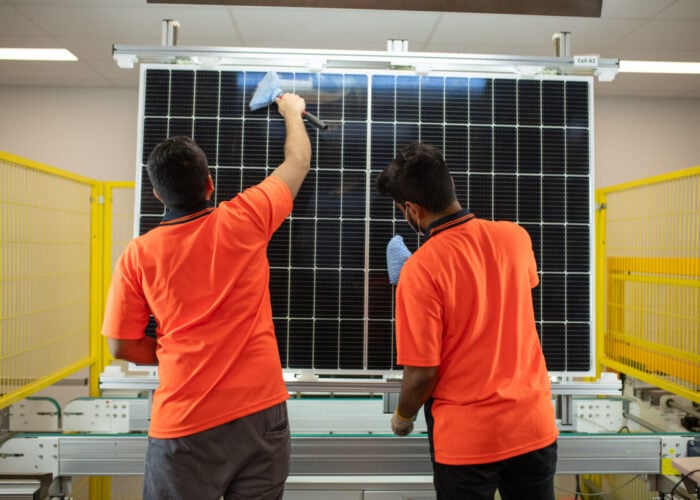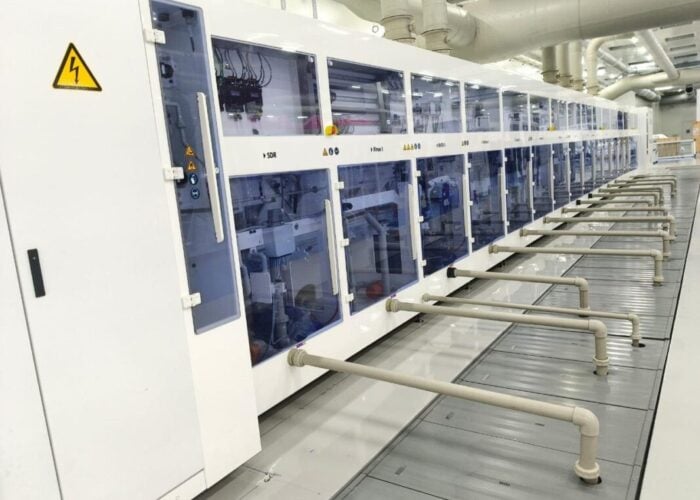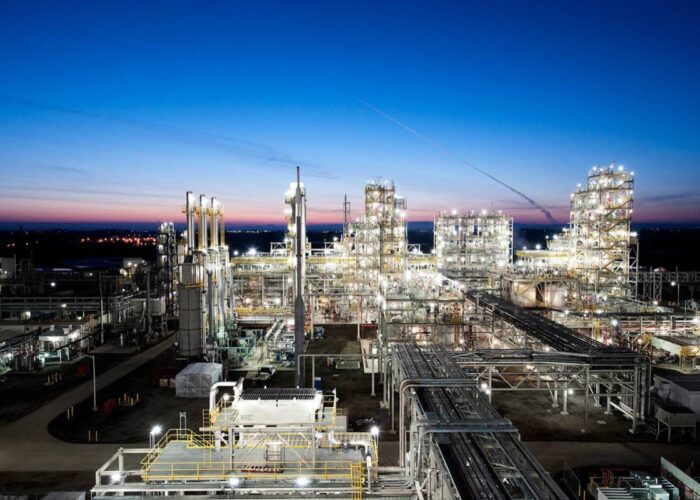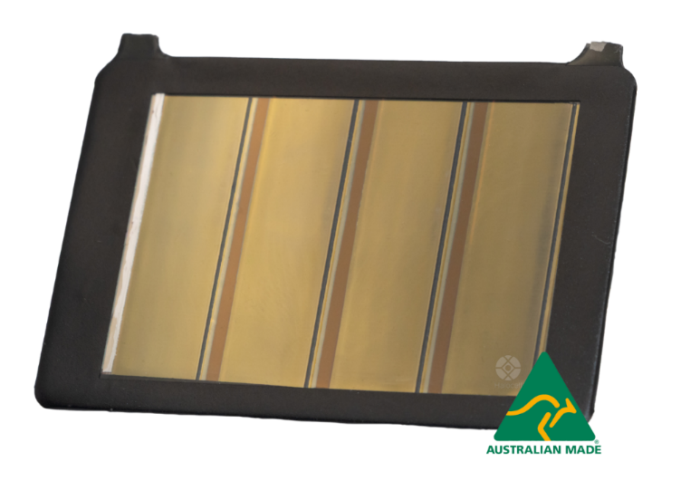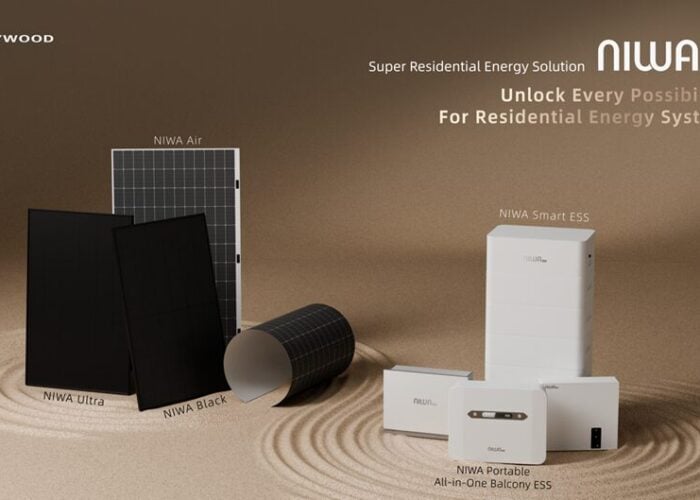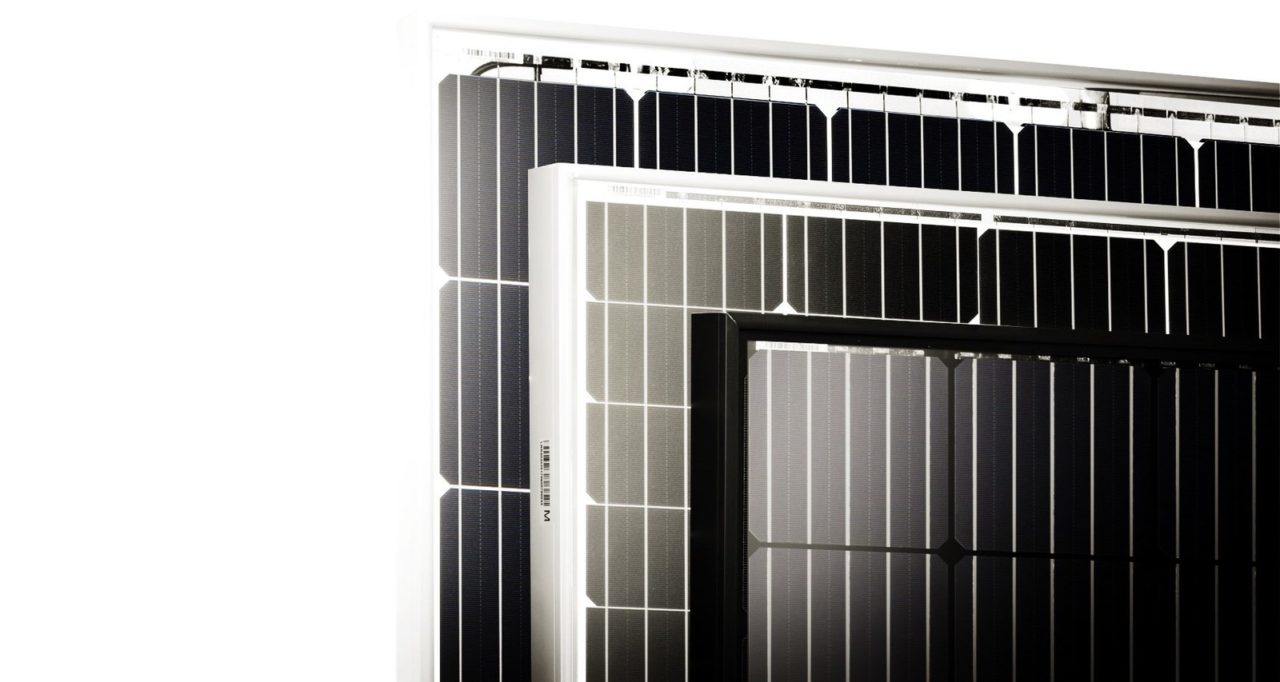
‘Solar Module Super League’ (SMSL) member, LONGi Solar has reported a new record P-type monocrystalline PERC (Passivated Emitter Rear Cell) PV module conversion efficiency of 22.38%, culminating in an overall efficiency gain of almost 2% in the last two years.
LONGi Solar said the new world record mono PERC module conversion efficiency was verified by the global independent certification agency, TÜV Rheinland.
Unlock unlimited access for 12 whole months of distinctive global analysis
Photovoltaics International is now included.
- Regular insight and analysis of the industry’s biggest developments
- In-depth interviews with the industry’s leading figures
- Unlimited digital access to the PV Tech Power journal catalogue
- Unlimited digital access to the Photovoltaics International journal catalogue
- Access to more than 1,000 technical papers
- Discounts on Solar Media’s portfolio of events, in-person and virtual
Lv Jun, Vice President, LONGi Solar noted, “LONGi has continuously pushed the modules efficiency limits of our high-performance mono-crystalline products to further improve the price-performance ratio. This breakthrough once again confirms the development headroom of monocrystalline module technology. With continuous R&D investments in technologies and processes, new innovations can be rapidly applied to large-scale production, thus promoting the energy transformation led by solar energy.”
As the chart below highlights, LONGi Solar has reported verified module conversion efficiencies of 20.41% in January 2018 and 22.38% conversion efficiencies in January 2020.
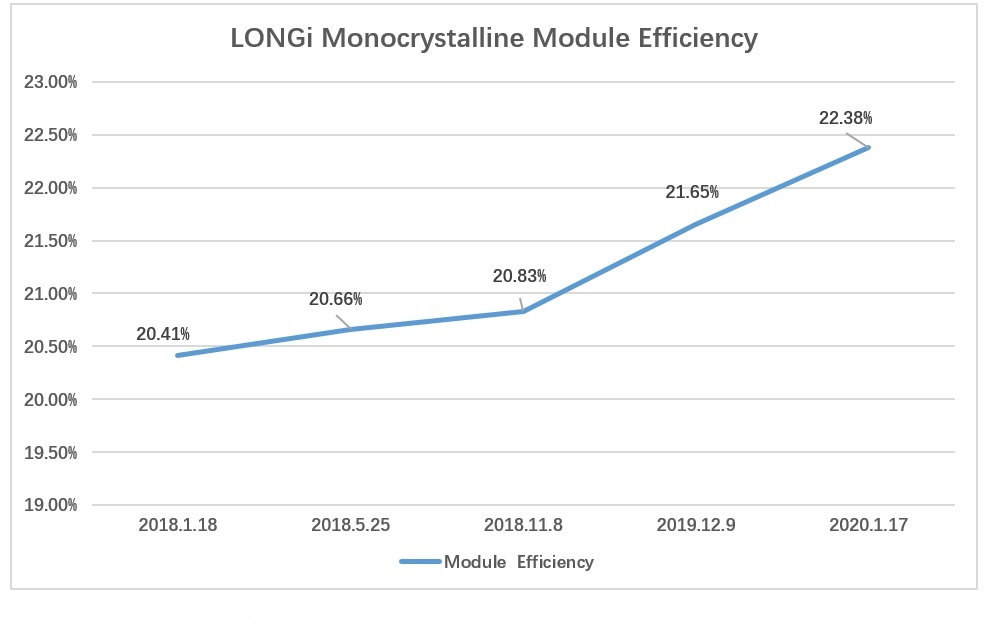
Historically, the PV industry has averaged module efficiency gains of approximately 0.5% per annum.
LONGi Group increased R&D expenditure from US$175.5 million in 2017, to US$182.7 million in 2018, marking the seventh consecutive year of increased spending and setting a second consecutive year of record spending in the PV industry, according to PV Tech’s annual analysis.
The company did not provide any details regarding technical and process developments that contributed to the record conversion efficiencies, nor wafer size used in the verified tests.

